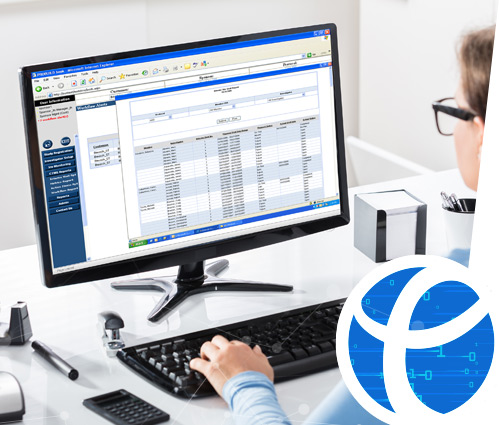eCaseLink CTMS -Clinical Trial Management System
Want to learn more?
Download PDF
Want to learn more?
Download PDFeCaseLink CTMS, is a powerful clinical trial web-based software application that is specifically designed for collecting and distributing electronically captured clinical trial status information quickly throughout multiple studies.
CTMS gives you unparalleled control over your study with advanced reporting functionality that provides easy access to metrics, workflow events, action items, documents collected and protocol deviations. CTMS delivers simple configuration, role-based security instills levels of access control including read-only, read-write, and workflow e-signature authority.
Tracking progress at Investigator sites via paper visit monitoring trip reports is time consuming and delays access to critical status information about how the study is proceeding. DSG offers a web-based CTMS application that provides a centralized database for sharing secure clinical trial information such as the sponsor name, protocol name, investigators, and CRA monitoring visit reports, in real-time. Our role-based security provides various levels of access control including e-Signature that facilitates the electronic workflow of the visit monitoring forms.

Site Payment Module ' Calculates and reports what a clinical trial study Site has earned, based on participant data and actions recorded by Site personnel into EDC using predefined rules and triggers.
Once entered into eCaseLink, monitoring visits reports are available online, in real-time for all stakeholders with access. Role-based security provided carious levels of access control.
The CTMS configuration process begins with a determination of desired access control levels and the electronic workflow of the monitoring visit reports. Next, online monitoring visit report forms are customized to the needs of the particular sponsor or study.
eCaseLink validates that CRAs completed the monitoring form questionnaires, and supplied comments for questions with negative answers. All forms are routed via electronic workflow, using an e-signature design. E-mail notifications are available and all actions write to an Audit Trail.
Paper documents collected at the sites are identified and electronic documents, if available, are uploaded into a repository. The extensive meta-data stored with the document is used as filter criteria when running the various document reports. Document categories and types are configurable, and the collection status of essential regulatory documents is tracked.
CTMS delivers real-time standard and customized reports provide easy access to metrics, workflow events, action items, documents collected, protocol deviations, and adverse events, summarizing the details needed to ensure the steady progress of any clinical trial.
eCaseLink CTMS stores investigator and other stakeholder contact information, status, and credentials. Updated contact information is immediately available online. Additionally, investigator site information pre-populates in forms, reducing data entry.